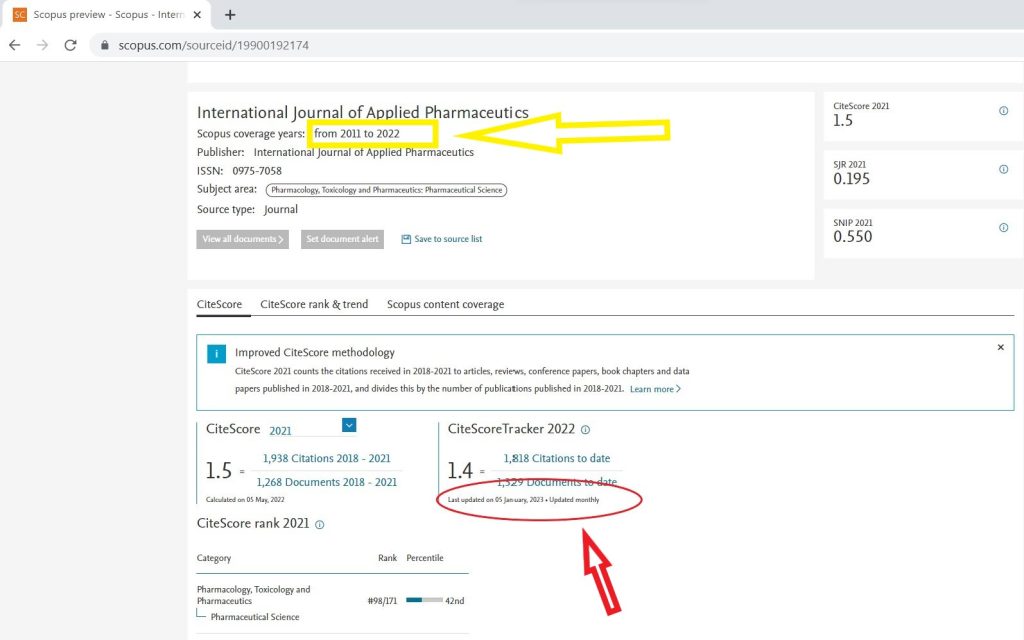Metrics or Misconceptions
Myth: Impact factor (IF) is the only metric that matters.
Truth: IF is just one metric among many. H-index, citation counts, SCImago journal rank, etc., also provide insight into a journal’s influence. However, no single metric alone determines a journal’s quality.
Myth: Higher IF always means higher quality.
Truth: IF is easily manipulated and reflects citations from 2 years ago. High IF does not necessarily equate to a high quality, rigorously peer-reviewed journal. Quality should be the primary criteria for choosing where to publish.
Myth: If my work gets published here, it will be widely cited.
Truth: Publication venue alone does not guarantee citations or readership. Ground-breaking work in any field will generate citations over time through quality and relevance, not just by association with a particular journal.
Myth: I must publish in journals with the highest IF possible.
Truth: Publishing in a journal where your work will have the most impact and influence the field in a meaningful, long-term manner is far more important than chasing a high IF. IF chasing can lead to ‘salami slicing’ and reduce the integrity of research findings. The quality and coherence of research should drive publication decisions, not metrics.
Things to consider before submitting to a journal:
• Alignment of aims, scope, and readership with your work. Is your work the right fit?
• Peer-review process. Is the review transparent and unbiased? How quickly are decisions made?
• Integrity policies. Does the journal have plagiarism screening, data availability, and ethics policies in place?
• Reputation and credibility. How is the journal viewed by leaders in your field? Does it publish influential and high-impact work?
• Audience. Who will be reading this work? Academic peers, practitioners, policymakers? Choose a journal with the appropriate reach and influence.
• Open access options. Ensure your preferences and funder requirements will be met.
Final verdict
Metrics tied to acceptance, not just a publication. Consider metrics beyond IF to get a balanced view of quality and impact. Metrics can clarify but should not drive the decision to publish in a particular journal. Researchers can achieve maximum impact through publication by evaluating journals holistically based on the influence and reach they provide for your specific work.
Biography of the author:

Prakash Nathaniel Kumar Sarella: Pharmaceutical scientist with a passion for innovative drug delivery solutions and research. Over 6 years of experience in drug delivery research and development. Expertise in nanomedicine, liposomes, polymer therapeutics, antibody-drug conjugates, and microneedle technologies
Scopus Indexed Journals and Metrics
Any journal which is indexed by Scopus is known as Scopus Indexed Journal and articles published in such journals are indexed by Scopus. One such journal is the International Journal of Applied Pharmaceutics, published by Innovare Academic Sciences. For the current metrics of the journal, visit the website of Scopus: https://www.scopus.com/sourceid/19900192174
IJAP publishes manuscripts that are focused on
- conventional dosage forms
- formulation development and characterization
- controlled and novel drug delivery
- biopharmaceutics pharmacokinetics
- molecular drug design
- polymer-based drug delivery
- nanotechnology nanocarrier-based drug delivery
- novel routes and modes of delivery;
- responsive delivery systems
- prodrug design
- development and characterization of the targeted drug delivery systems
- ligand carrier interactions etc.
Also Read: How to know any journal is still Scopus indexed in New Calendar Year 2023?

Disclaimer: The information in the post is based on the personal views of the author.

